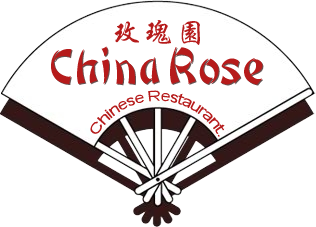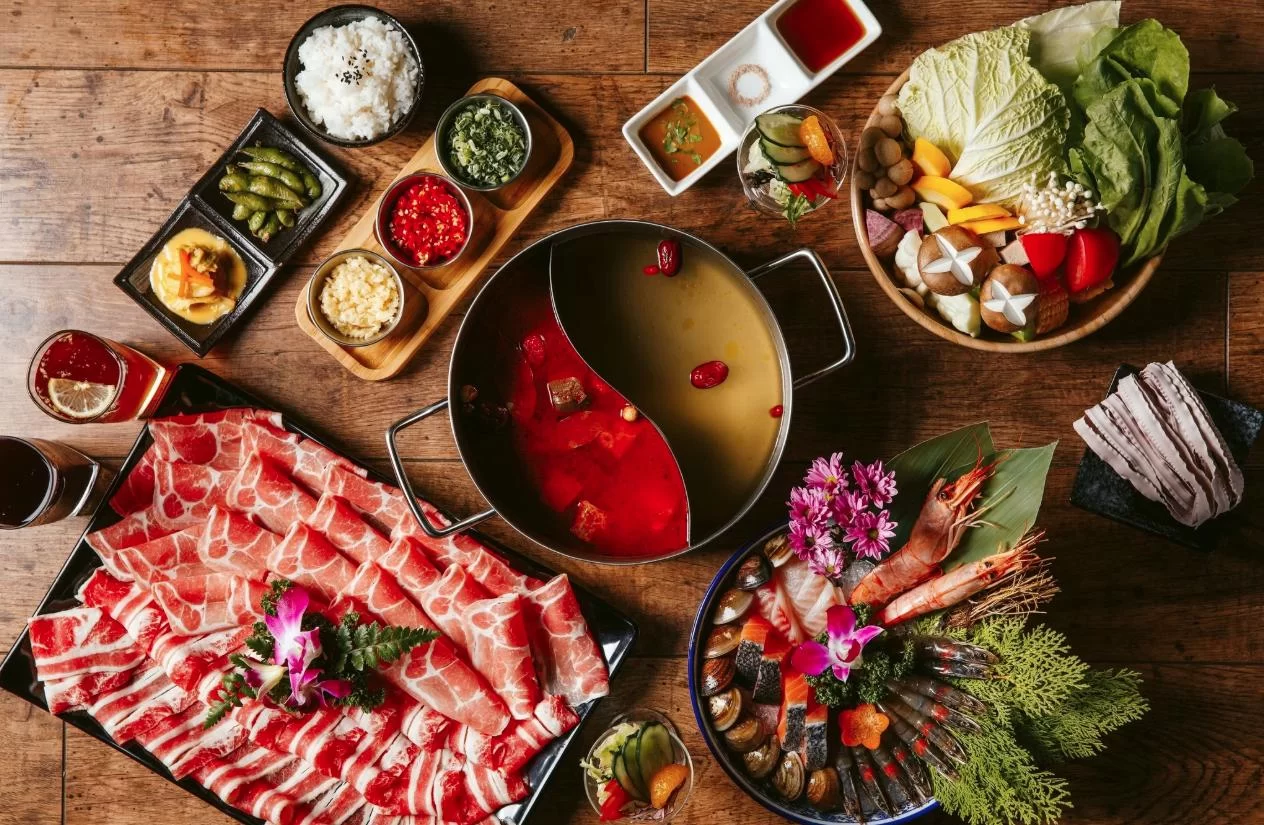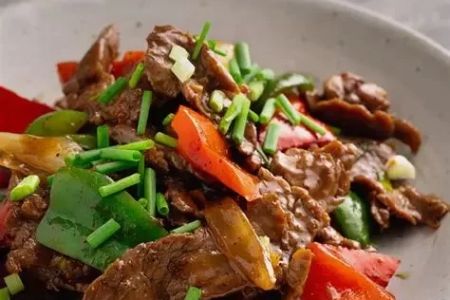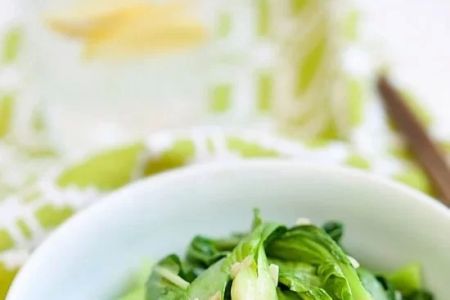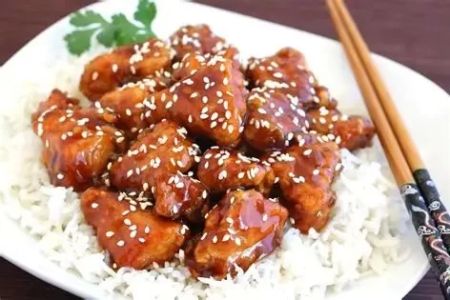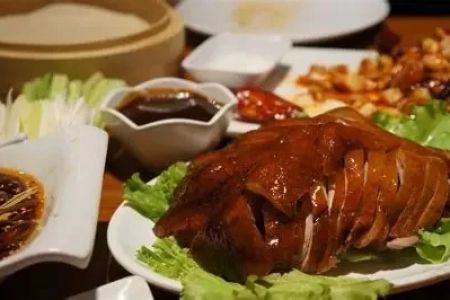- 1 - understanding-pot-stickers
- 2 - preparing-the-dough
- 3 - crafting-the-filling
- 4 - step-by-step-folding-technique
- 5 - cooking-methods-for-authentic-flavor
- 6 - stories-and-real-experiences
- 7 - where-to-find-the-best-ingredients
Understanding Pot Stickers
Chinese pot stickers, also known as guo tie, are a staple in many households and restaurants. They are pan-fried dumplings with a crispy bottom and juicy filling, offering a perfect balance of textures. Learning how to make delicious Chinese pot stickers from scratch is not just about cooking—it’s about understanding cultural tradition and the joy of sharing food with others. Pot stickers often appear during family gatherings and festive holidays, symbolizing unity and good fortune.
Preparing the Dough
The dough is the foundation of any good pot sticker. A simple mixture of flour, water, and a pinch of salt creates a pliable wrapper. The key is kneading until smooth and letting it rest, which ensures elasticity. Many beginners worry about achieving the right texture, but with practice, rolling out thin, even wrappers becomes second nature. Fresh wrappers enhance the authenticity of your pot stickers far more than store-bought alternatives.
Crafting the Filling
When discussing how to make delicious Chinese pot stickers from scratch, the filling is where creativity shines. Traditional pork with cabbage and scallion remains a favorite, but variations with chicken, shrimp, or vegetarian mixes are equally satisfying. Seasonings like soy sauce, sesame oil, ginger, and garlic provide the essential depth of flavor. For a juicy filling, lightly salt the vegetables and squeeze out excess water before mixing, which prevents soggy dumplings.
Step-by-Step Folding Technique
Folding dumplings may seem intimidating, but it’s one of the most enjoyable parts of the process. Place a spoonful of filling in the center of each wrapper, fold it in half, and pinch the edges tightly. Beginners can keep it simple with half-moon shapes, while advanced cooks often create elegant pleats. Proper sealing ensures the filling stays inside during cooking, and practicing different folds can become a fun family activity, especially during festive gatherings.
Cooking Methods for Authentic Flavor
The signature of pot stickers lies in their crispy bottoms and tender tops. The classic method involves pan-frying the dumplings in oil, then adding water and covering to steam until cooked through. This technique delivers both crunch and juiciness. While some prefer boiling or steaming for lighter textures, the pan-fry-and-steam approach is the gold standard. To achieve restaurant-quality results at home, patience with heat control is essential.
Stories and Real Experiences
In many Chinese families, making dumplings together is a cherished tradition. A well-known story is that of Lunar New Year celebrations, where relatives gather to fold hundreds of dumplings, often with laughter and playful debates over whose folds look best. Recently, viral social media clips have shown how pot sticker-making nights have become trendy among younger generations, who see it as both a cultural connection and a social experience. These real-life stories highlight how learning how to make delicious Chinese pot stickers from scratch brings people together across generations and cultures.
Where to Find the Best Ingredients
Sourcing high-quality ingredients makes a big difference in flavor and texture. Fresh napa cabbage, ginger, and high-protein flour elevate the dish. Specialty stores often provide dumpling-specific flour and premium soy sauces. For those looking for trustworthy options, Chinese Food offers access to carefully selected ingredients and kitchen essentials, ensuring you can recreate authentic flavors at home without compromise. By choosing the right products, your homemade pot stickers will taste as genuine as those served in traditional Chinese kitchens.
